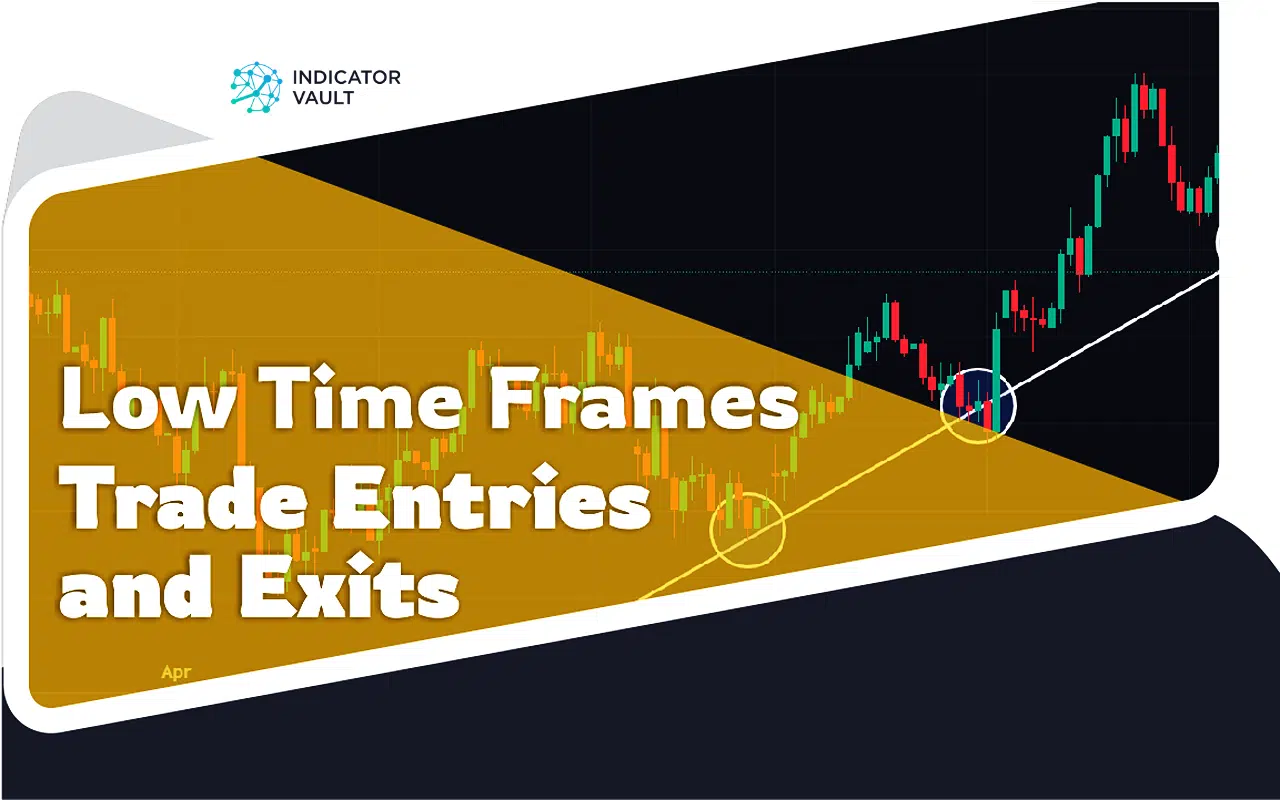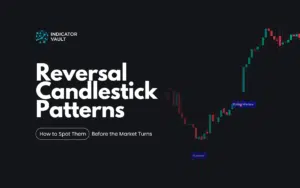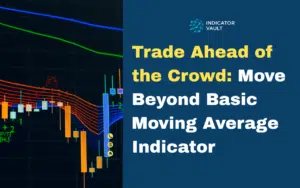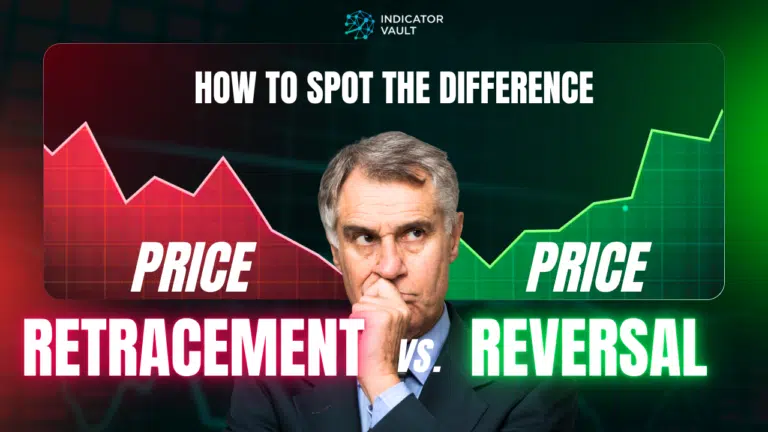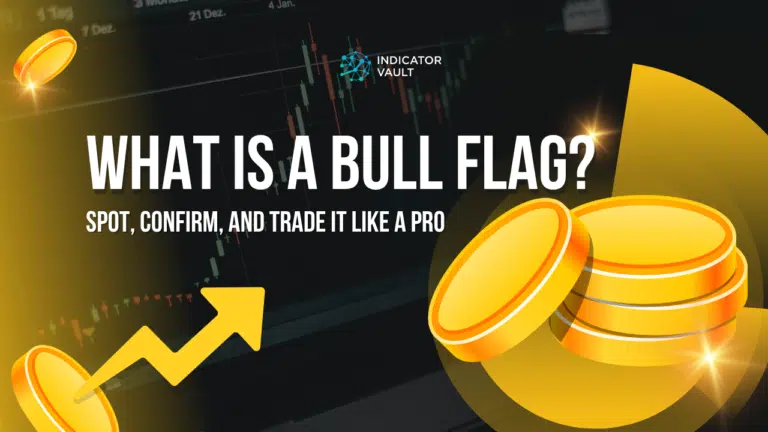It takes meticulous strategies to pull off successful trades in lower time frames. Thankfully, this post shares the secrets behind the best entries and exits.
Table of Contents
1. Introduction
Experts label trading in lower time frames (1-minute, 5-minute, and 15-minute) as scalping or day trading. It is a widespread approach due to its profit-making potential in the shortest possible periods. However, it takes experience and well-planned strategies to pull off successfully.
This article shares practical pointers on how to enter and exit short-term trades profitably. Traders will also gain access to a revolutionary technical tool that instantly skyrockets one’s results.
2. Trade Entry Strategies in Lower Time Frames
Almost every profitable trade in lower time frames begins with a near-perfect entry.
Several inventive analysts have coined multiple approaches from extensive market studies for this.
However, below are a few of the most reliable options to trigger potentially successful trades.
2.1 Pullback & Double Pullback Entry
Pullback trading is a popular trade entry strategy that entails opening new positions at the outset of a promising trend.
For instance, when a market structure (bullish or bearish) breaks to begin a new trend, a financial market may retrace slightly to a key level before resuming the initial move. The temporary retracement is called a pullback, and pullback traders capitalize on it through different means.
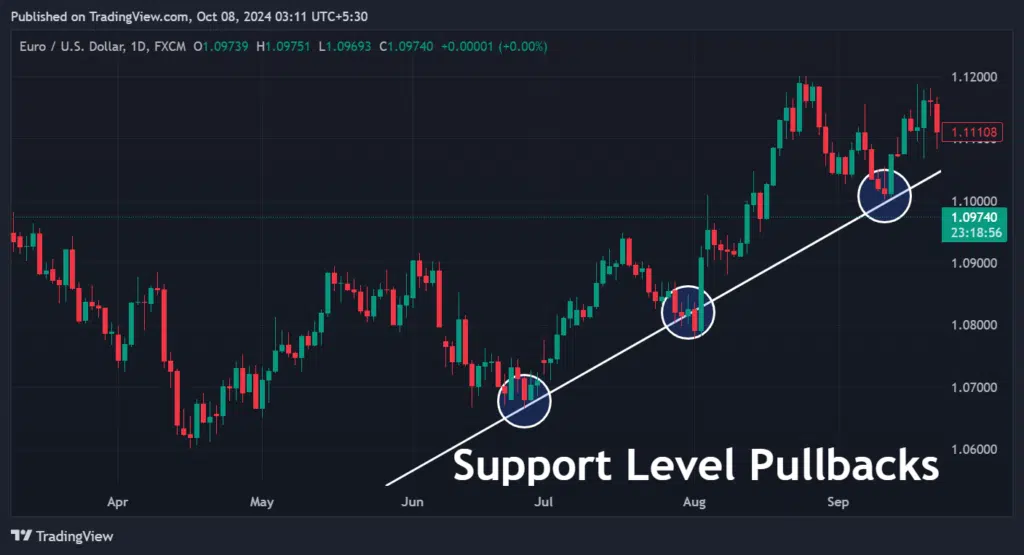
Traders can dive deeper into pullback entries discussed in this detailed article – Dominating 5 Profitable Stock Pullback Trading Strategies.
2.2 Breakout Entry
Technical analysts believe particular chart levels are more significant than others due to the historical nature of the market there. Such points may be supportive or resistive to the price moves later.
A break beyond these levels is typically sufficient for trade entries because it proves increased market momentum.
Simultaneously, the trading volume may also increase for further confirmation.
2.3 Indicator-Signaled Momentum Entry
Also, some indicators like the Relative Strength Index (RSI) and Moving Average Convergence Divergence (MACD) recognize overbought and oversold conditions.
For example, the market is overbought if the RSI is 70 and oversold below 30.
Financial markets likely commence a new trend on a lower time frame during these periods.
Technical analysts can be creative with their indicator choices and settings parameters for the best-tailored results.
3. Trade Exit Strategies in Lower Time Frames
Exiting trades is another highly significant aspect of success in lower time frames.
How do experts know when it’s best to close a position? What if the move continues after exiting? Can anyone foresee the end of a trend with high precision?
Here are some reliable methods to clear these doubts:
3.1 Reversal Chart and Candlestick Patterns
Classical technical analysts hold chart and candlestick patterns so dearly that they’ve found success in their application for trade exits.
Some well-known reversal candlestick patterns include dojis, engulfing candles, and shooting stars. Chart patterns like the head and shoulders, double tops and bottoms, rising wedge, and rounding bottom also signify a trend’s end and the need for traders to exit possibly profitable positions asap.
Typically, traders supplement this with other distinct strategies for improved accuracy.
3.2 Momentum Indicator Signal
Like in trade entries, market participants can use momentum indicators for profitable exits in any time frame. The most popular ones are the MACD and RSI.
As the name implies, the indicators measure the speed and strength of price moves, classifying two extremes of market activity – overbought and oversold levels.
When the market becomes overbought or oversold, traders typically close active trades or become more alert of a possible reversal to secure profits.
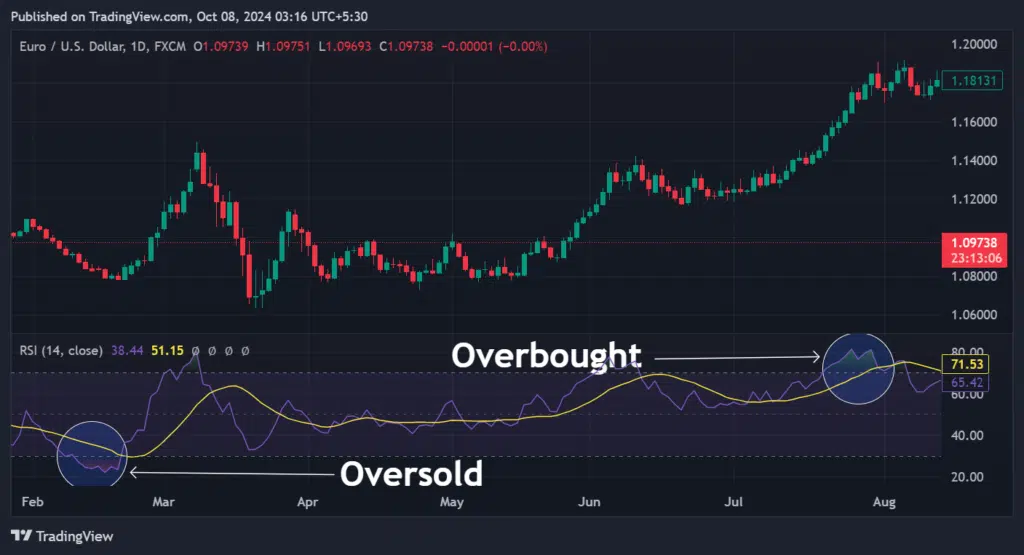
3.3 Trailing Stop and Take Profit Orders
A risk management-minded technique to close trades profitably involves the take-profit and trailing-stop orders.
A take-profit order on almost every platform automatically exits an active trade to secure profits.
Traders discern the best chart position to set these orders in several ways. It can be old support and resistance points, Fibonacci levels, moving averages, etc.
Others may prefer the less popular trailing-stop order because it allows one to make the most gains (as the market moves favorably) until a significant retracement or reversal.
Users can use percentages or fixed risk tolerance values for this.
4. Unlocking the Secrets of Market Reversals With a Groundbreaking Invention
Market reversal points are the best positions to enter new trades even in lower timeframes. Traders get the opportunity to ride most of a potential trend, resulting in maximum profits.
However, discovering them is highly challenging for many reasons.
Indicator Vault’s Market Structure Shift for TradingView is the most powerful solution, based on track record.
It pinpoints these positions effortlessly, further refined with a Williams %R Momentum.
Moreover, it suggests the best stop loss and take-profit levels for any active position – indispensable for traders seeking perfect trade exits.
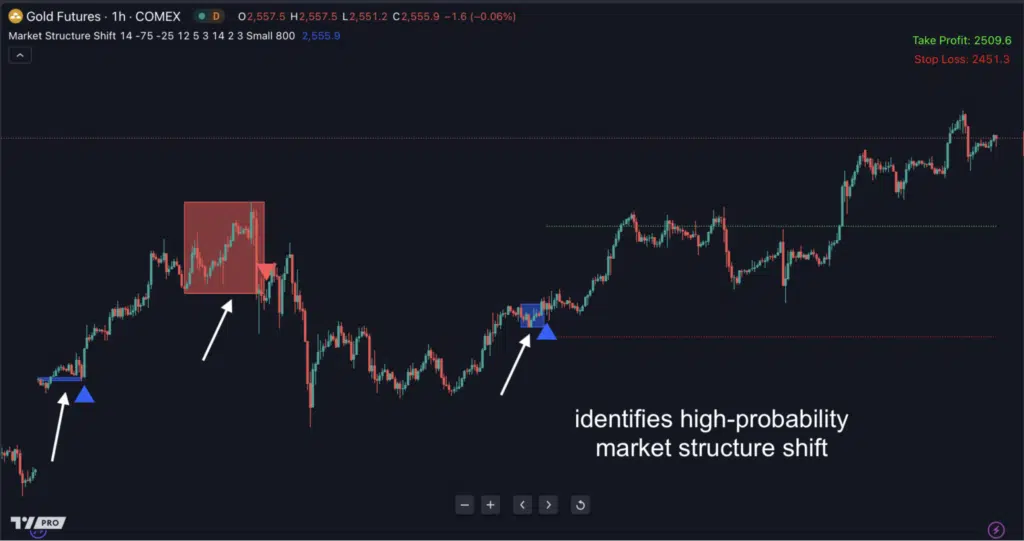
The following are unbeatable benefits the technical tool offers every user:
- Earliest awareness of a market shift and potential reversal
- Confidence in taking every suggested trade opportunity due to its double-confirmation feature
- Ability to enjoy semi-automated trading due to the risk management levels suggestions
- Liberty to trade in any financial market across all time frames
- Assurance of exploiting any promising opportunity, credit to TradingView’s reliable alert system
Sounds like a dream come true? Click here now to discover more about this game-changing trading system.
5. Final Thoughts
Every profitable action in the financial markets depends on correctly timed trade entries and exits.
Pullback, breakout, and indicator-signaled momentum theories (discussed in this article) are highly recommended for entries. Technical analysis patterns and trailing stop-losses are some of the best exit strategies.
Fortunately, the Market Structure Shift for TradingView streamlines the entire process significantly with its double-confirmation algorithm.
Feel free to share your results, theories, or observations in the Comments Section below.
Also, please pass this content on to friends and colleagues in every trading circle.

